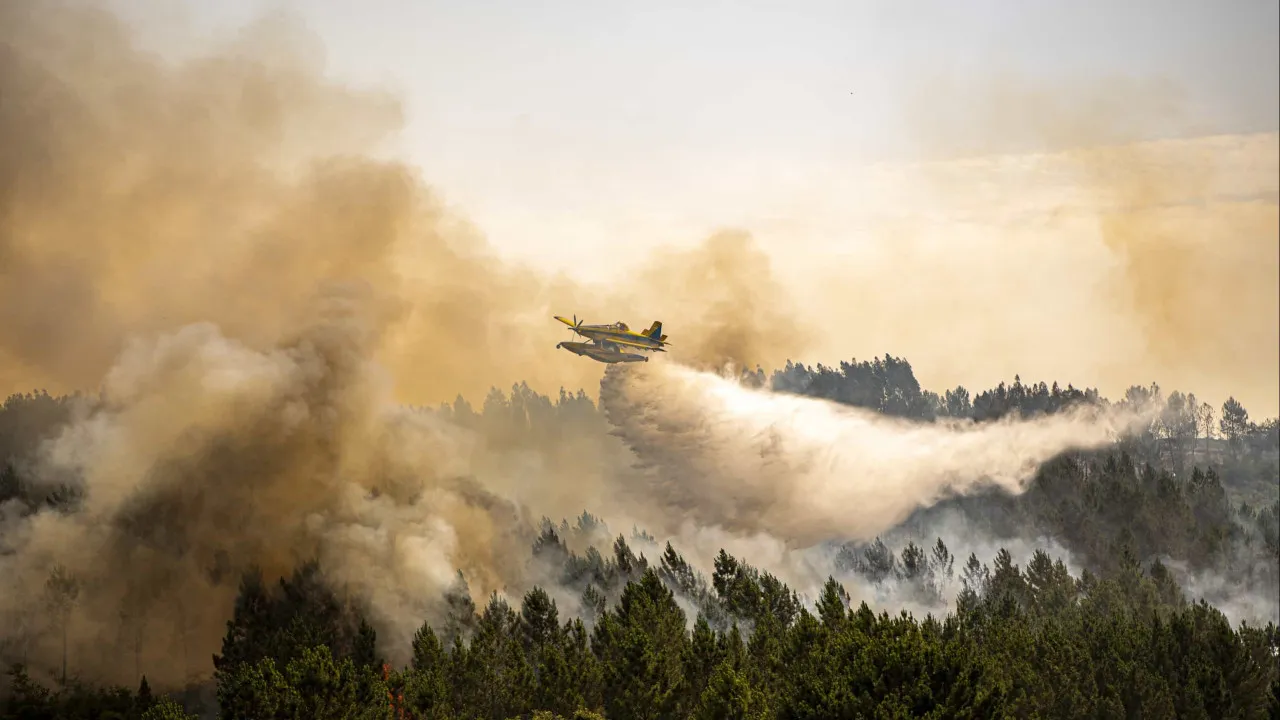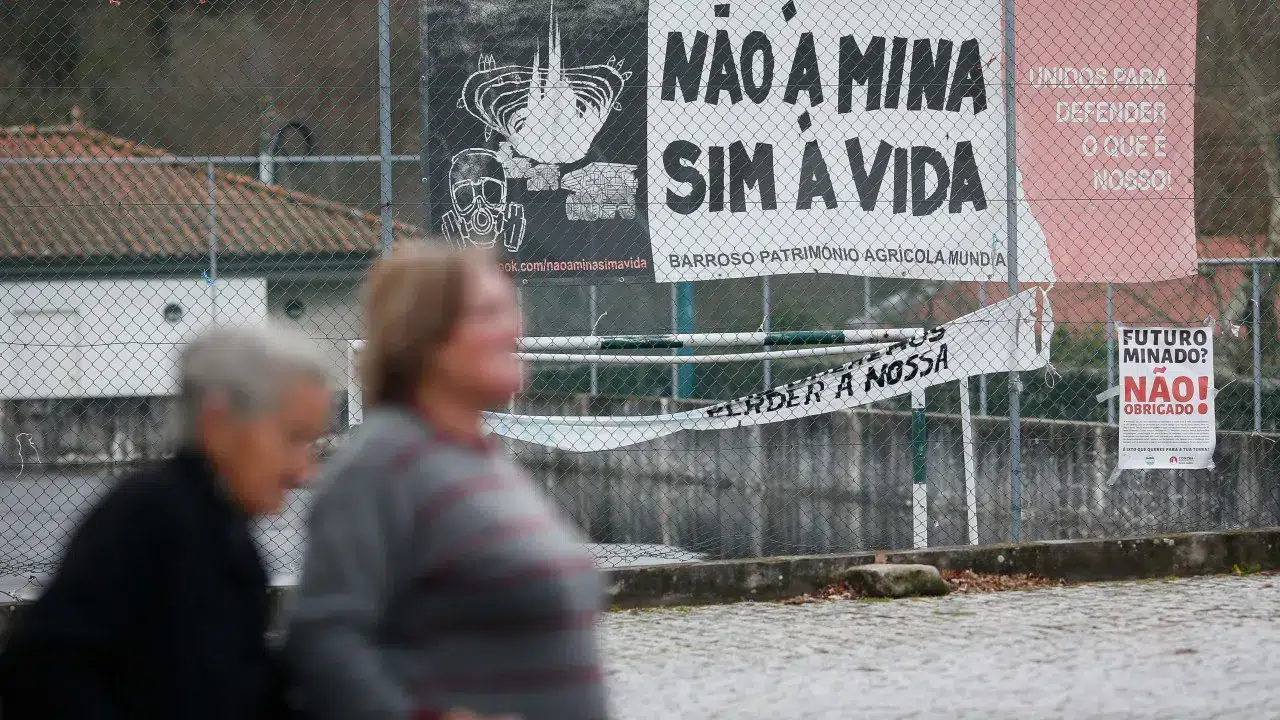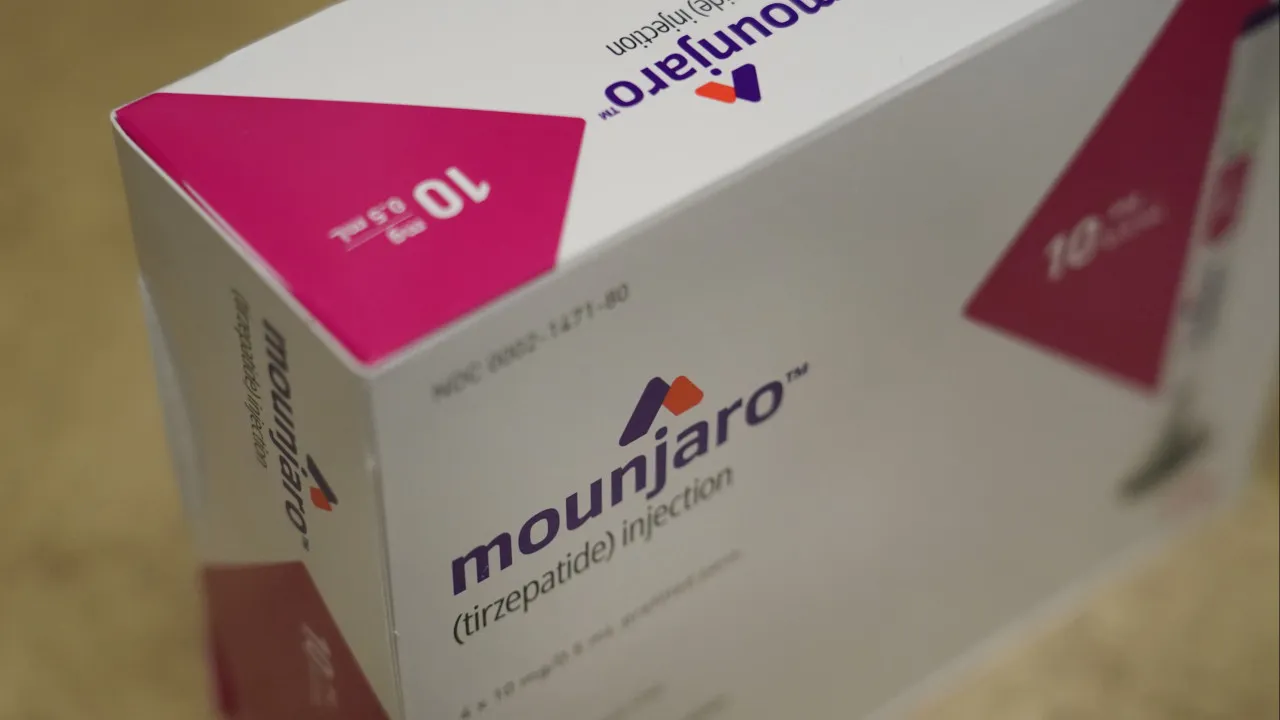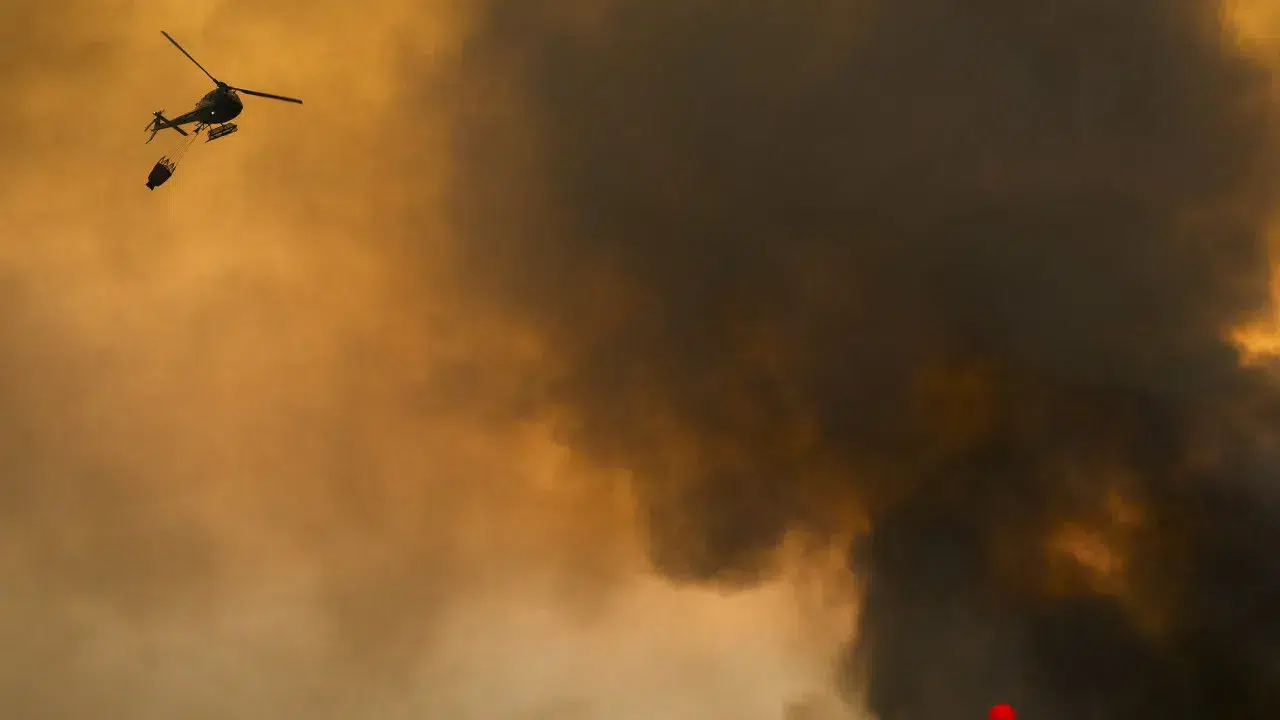
This week, the mayors of the municipalities of Grândola (CDU) in the district of Setúbal, Ourique and Moura (both PS) in the district of Beja, alerted to the shortage of aerial firefighting resources and called for an urgent solution.
The deployment of helicopters at the air resource centers in these three municipalities of Alentejo (one in each municipality) was scheduled for the 1st of this month, as part of the 2025 Rural Firefighting Special Device (DECIR), which did not materialize.
The lack of aerial resources in the district of Beja, where several rural fires broke out this week, has also been contested by the Alentejo Litoral Intermunicipal Community (CIMAL) and the PS.
“The Air Force’s responsibility is limited to the process of contracting aerial resources, with their deployment location defined by the National Authority for Emergency and Civil Protection (ANEPC),” stated the Portuguese Air Force (FAP) in a response sent.
The National Operational Directive (DON) establishing DECIR provides for 76 aerial resources for the period from June 1 to 30, known as ‘level Charlie’.
However, only 67 aircraft are currently operational, as two of the 69 available are “inoperable for maintenance,” according to the ANEPC and the FAP.
“Currently, a total of 69 aerial resources have been made available for DECIR, including 47 helicopters and 22 airplanes. Of these, two light helicopters are temporarily unavailable due to unforeseen repairs, which are the responsibility of the contracted companies,” specified the Air Force.
In a response provided on Wednesday, Civil Protection stated that the light helicopters inoperable for maintenance are stationed at the Air Resource Centers (CMA) in Arcos de Valdez (Viana do Castelo) and Santa Comba Dão (Viseu). In Arcos de Valdevez, there is another operational helicopter.
Regarding the lack of aerial resources in the district of Beja, ANEPC did not provide any justification, and the Air Force indicated it is not responsible for the location.
The FAP further stated that “by the end of the month, the signing of the contract for two light airplanes is expected,” bringing the total available air resources to 71.
DECIR will be reinforced again on July 1, the period considered most critical for fires, and 79 aerial resources are expected for that time.
At the beginning of June, when ‘level Charlie’ took effect, a sector source stated that the lack of aerial resources was related to documentation and a lack of candidates for competitions.
At the end of May, the judicial police charged 12 individuals on suspicion of corruption related to public tenders for firefighting.
According to ANEPC, currently, 36 light helicopters are operational at CMAs in Arcos de Valdevez, Famalicão, Fafe, Chaves (2), Ribeira de Pena, Bragança, Alfandega da Fé, Baltar, Vale de Cambra, Vila Real, Armamar, Águeda, Viseu, Aguiar da Beira, Mêda, Guarda, Seia, Covilhã, Cernache, Lousã, Pampilhosa da Serra, Pombal, Figueiró dos Vinhos, Alcaria, Castelo Branco, Proença-a-Nova, Ferreira do Zêzere, Sardoal, Santarém, Lourinhã, Montijo, Évora, Monchique, Cachopo, and Loulé.
There are also five heavy helicopters located at CMAs in Macedo de Cavaleiros, Braga, Pombal, Ferreira do Zêzere, and São Brás de Alportel and four reconnaissance, evaluation, and coordination helicopters in Vila Real, Lousã, Ponte de Sor, and Beja.
Eighteen medium amphibious airplanes are available in Mirandela (2), Vila Real (2), Viseu (2), Cernache (2), Castelo Branco (2), Proença-a-Nova (2), Ponte de Sor (2), Beja (2), and Portimão (2).
According to Civil Protection, there are also two heavy amphibious airplanes active in Castelo Branco and two reconnaissance, evaluation, and coordination airplanes stationed at CMAs in Viseu and Ponte de Sor.




